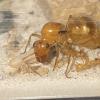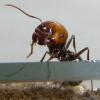Oct.17.2022 5:14 Pm - Nurbs sends out a message saying the girls have been sent over!
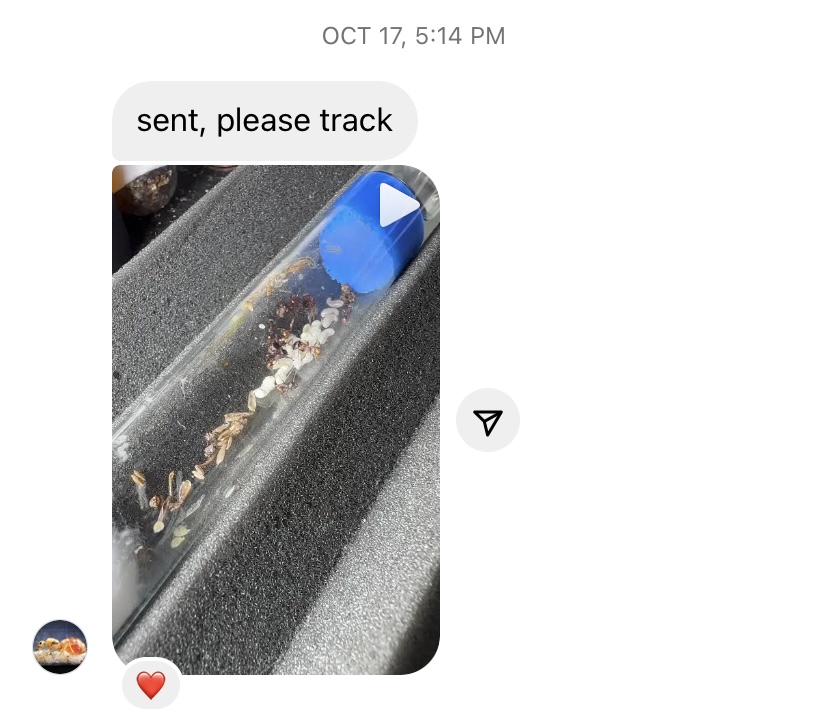
Oct.18.2022 6:45 Pm - I receive the package and rush to the room filled with the excitement of a small child ready to open it up.. I know you know the feeling. I prepared my phone to get some shots of the girls and was quickly knocked off of cloud 9. Baked, drowned, and tossed about the small colony of Rugosus was finished, or so it seemed.

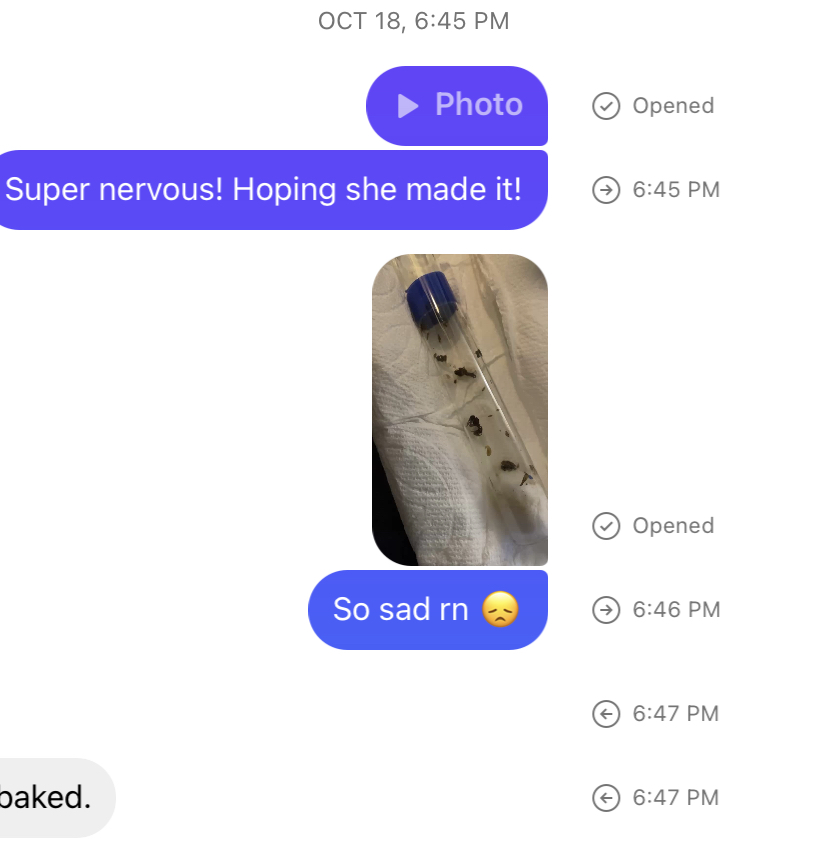
With a stubborn and heavy heart I grabbed a Qtip and placed all the nanitics, the larvae, and the queen onto pieces of paper towel and began to blow on the queen gently for a few minutes. Eventually, I seen movement and my hopes shot right back up! I rushed to my phone and sent nurbs a clip of the queen twitching back to life. With a bit of experience under his belt he had to prepare me for the worst… I dried off her nanitics and larvae, put them all back into the tube, and waited..
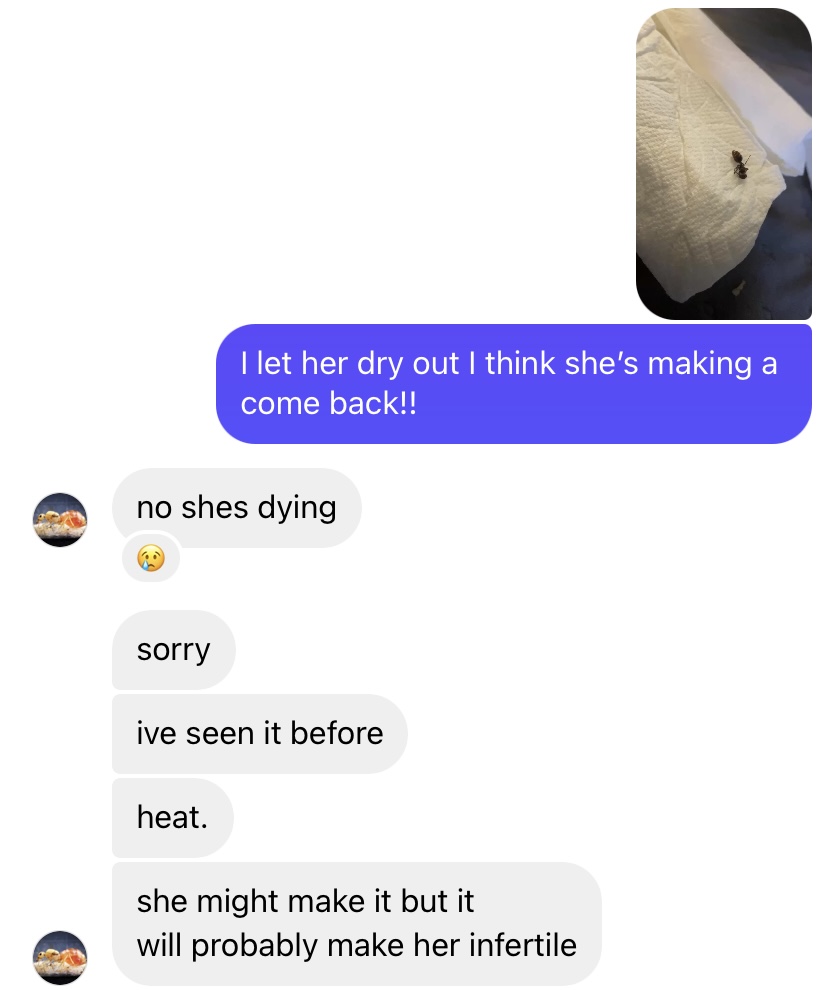
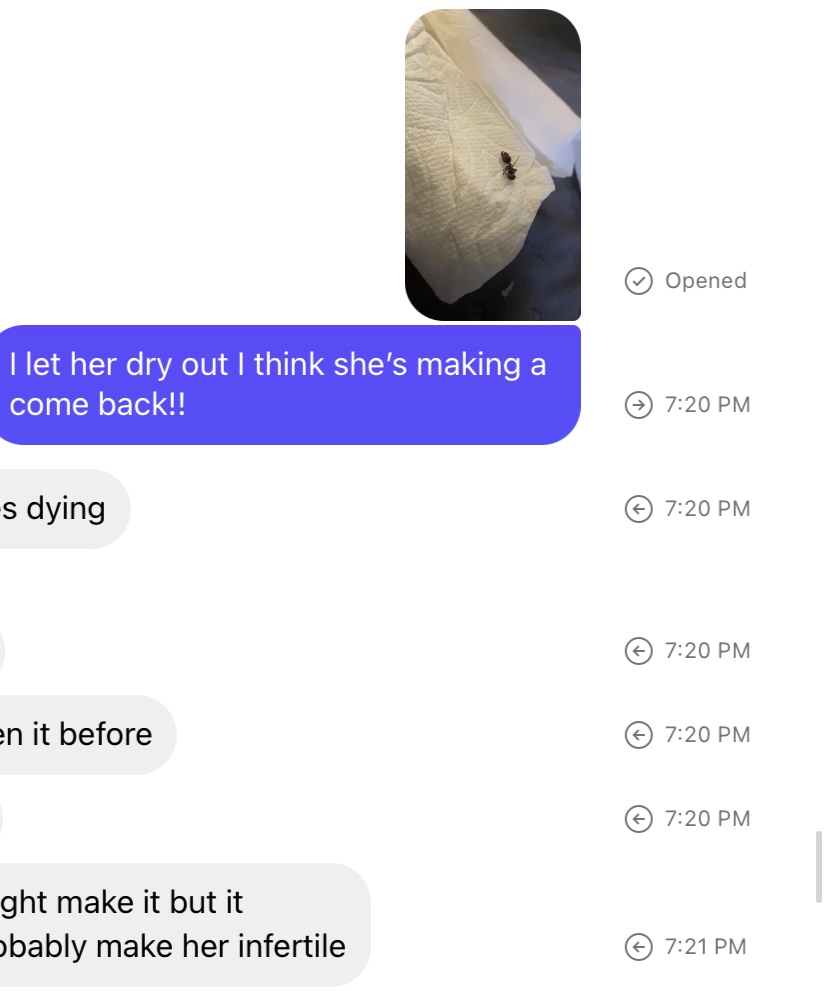
Oct.24.2022 - By this time the queen, two nanitics, a handful of eggs, and a handful of larvae was all that remained of the young colony. A bit of protein was definitely necessary at this point so I threw in a small pre killed mealworm and they DEMOLISHED it.
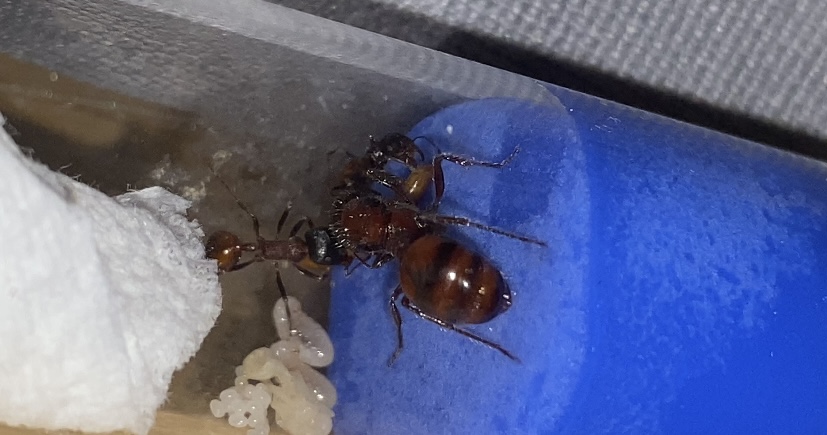
Dec.29.2022 - By this time it’s been confirmed that Jema is indeed still fertile despite the trauma she endured (very curious how trauma does affect fertility in ants though if anyone has info) and the reapers are reaping! They have been moved into a THA XXL Mini Hearth and are showing good signs of growth.
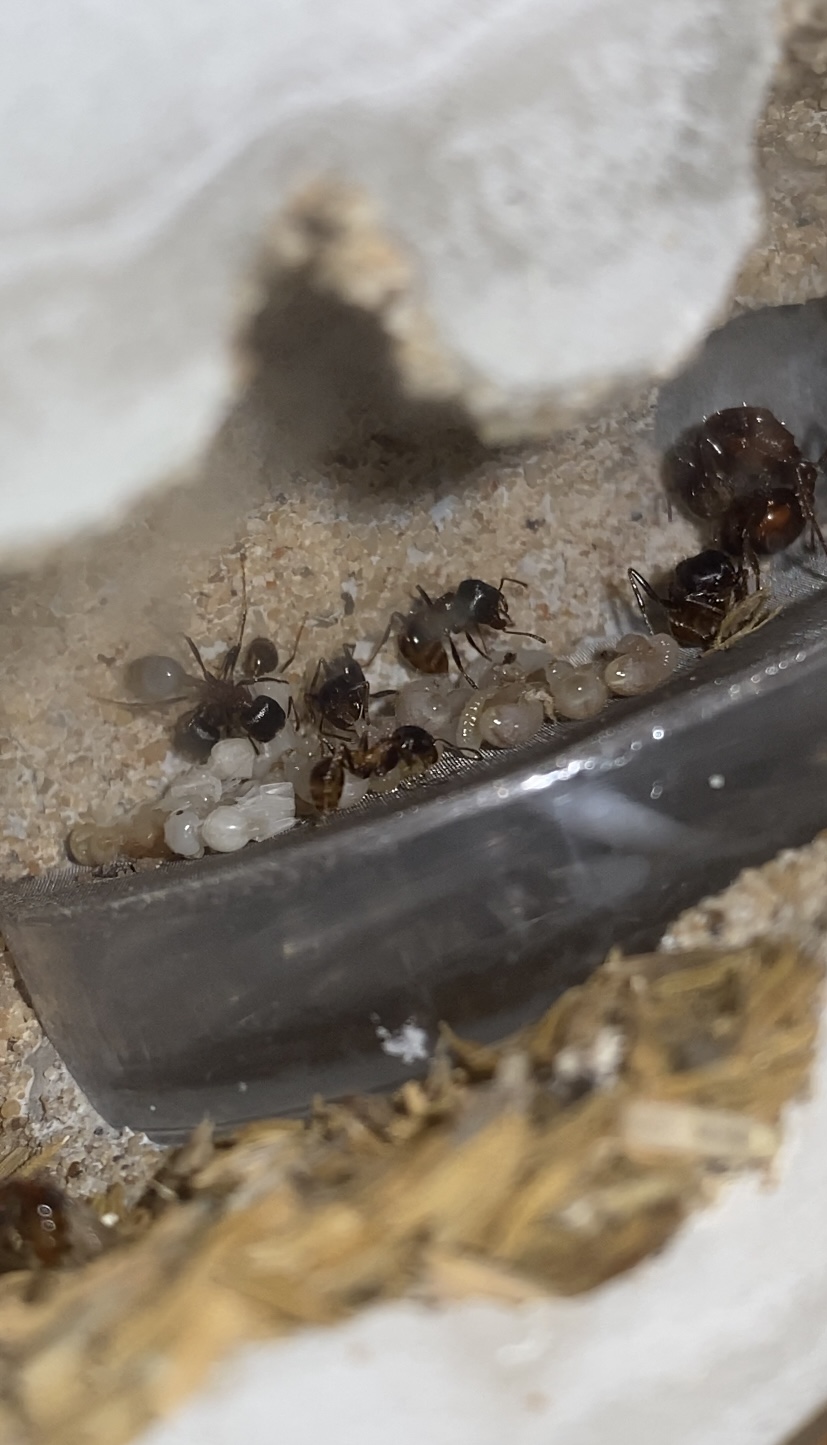
May.29.2023 - A bit of time has passed and it was now time for a second THA XXL Mini Hearth to be attached. Colony development has been steadily increasing. Will be introducing much more protein into their diet.
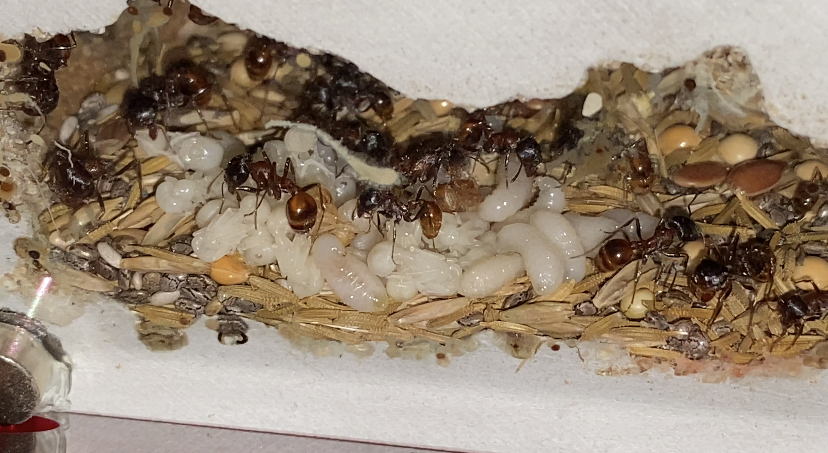
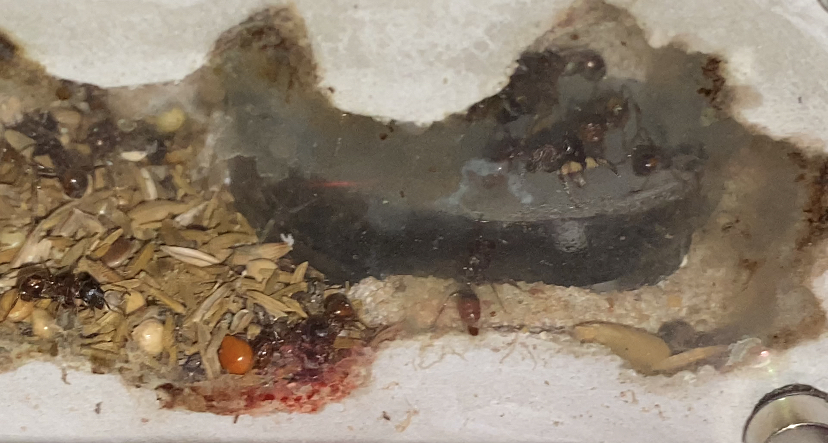
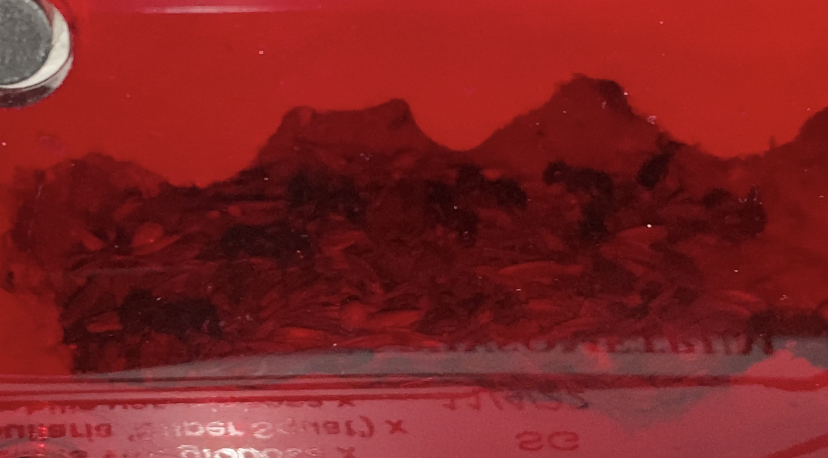
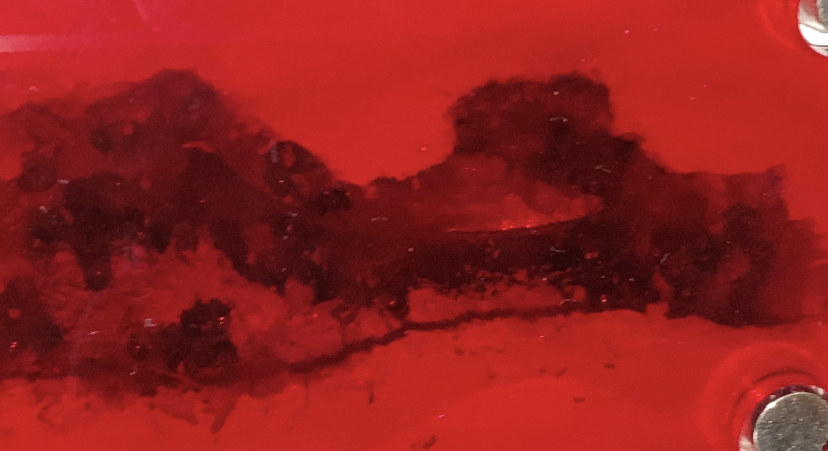
Aug.19.23 - Jema and The Reapers are doing amazing and proving to be in it for the long haul. They have at this point been moved into a custom formicarium that I made, been real cooperative with helping me test it out and they’ve been utilizing all the new storage space to finally be able to store seeds next to their larvae rather then under their larvae. LOL
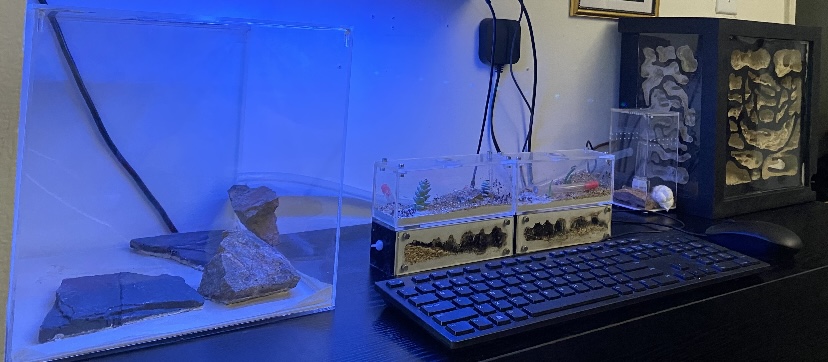
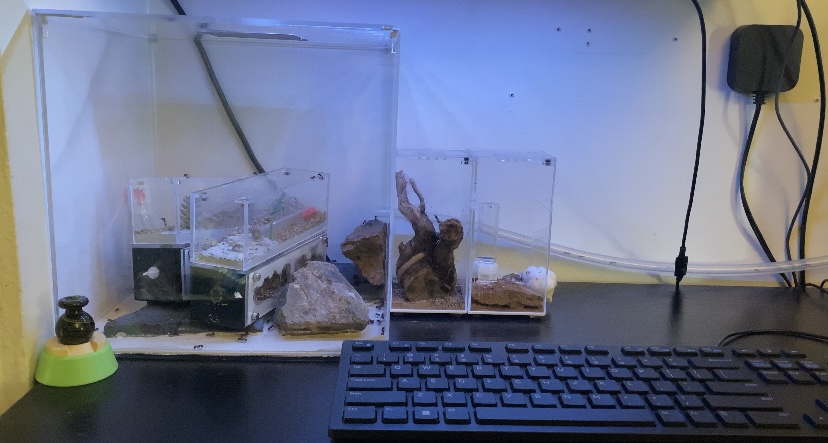
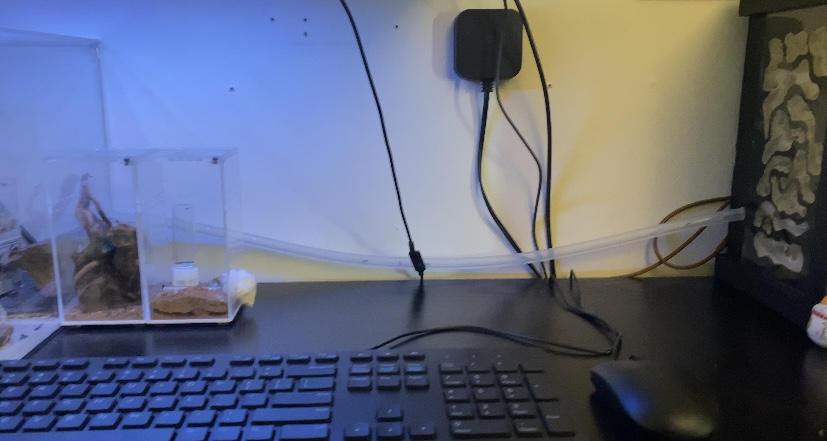
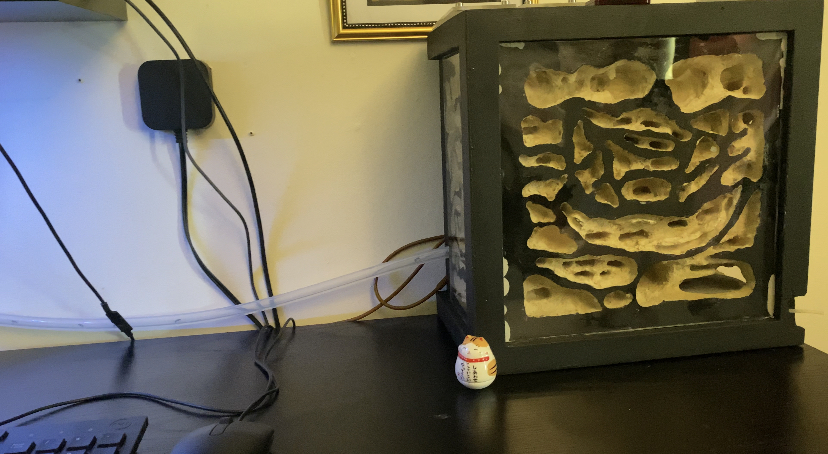
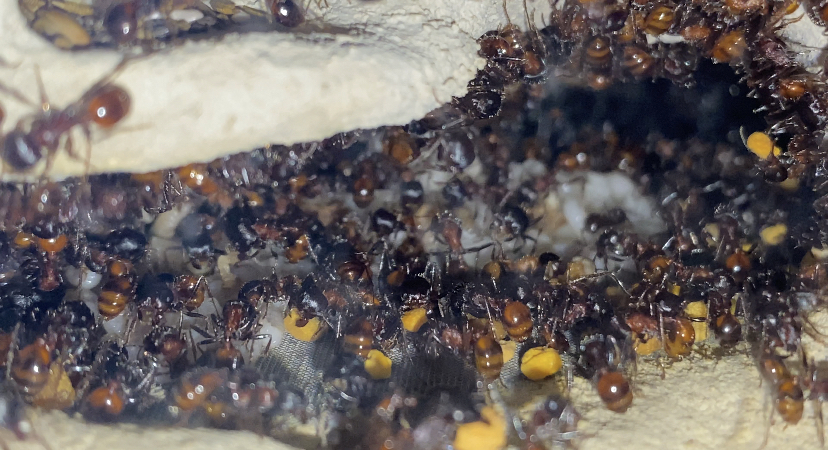
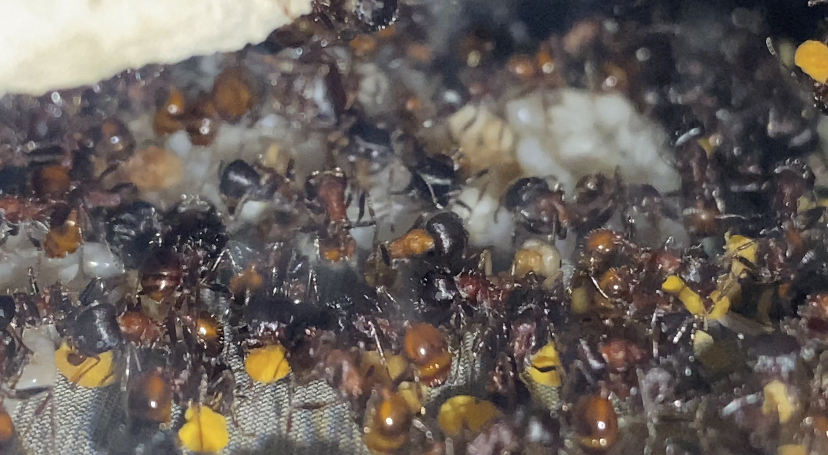
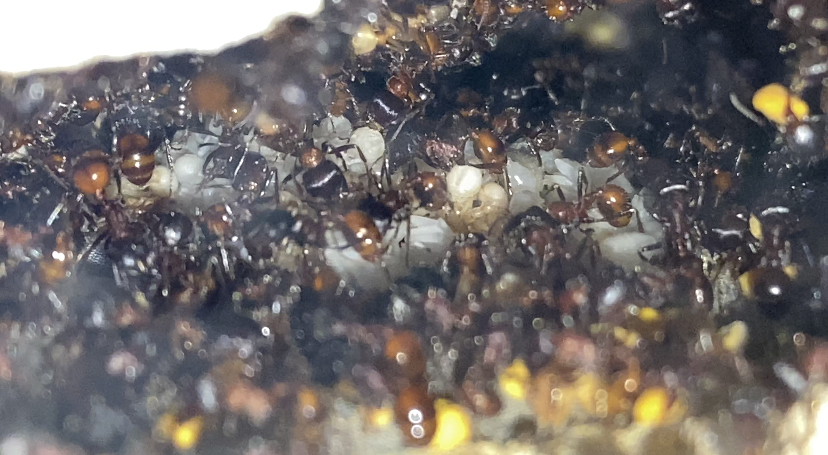
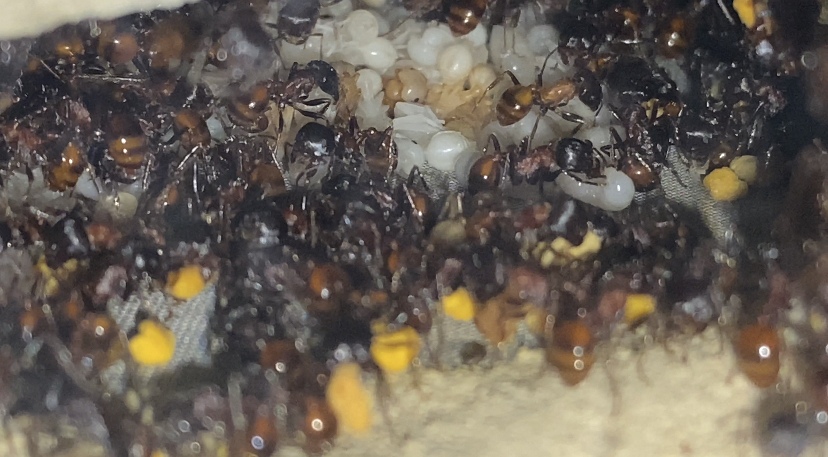
Sent from my iPhone using Tapatalk
Edited by ClaytonBaby, September 17 2023 - 11:16 PM.



